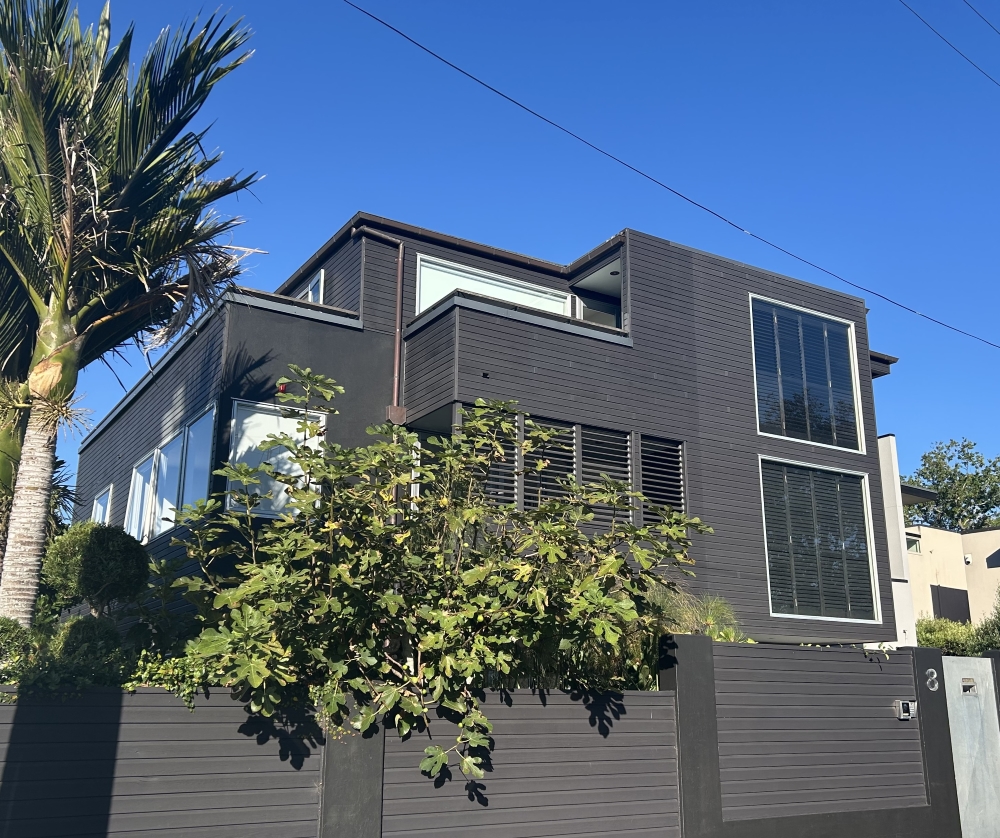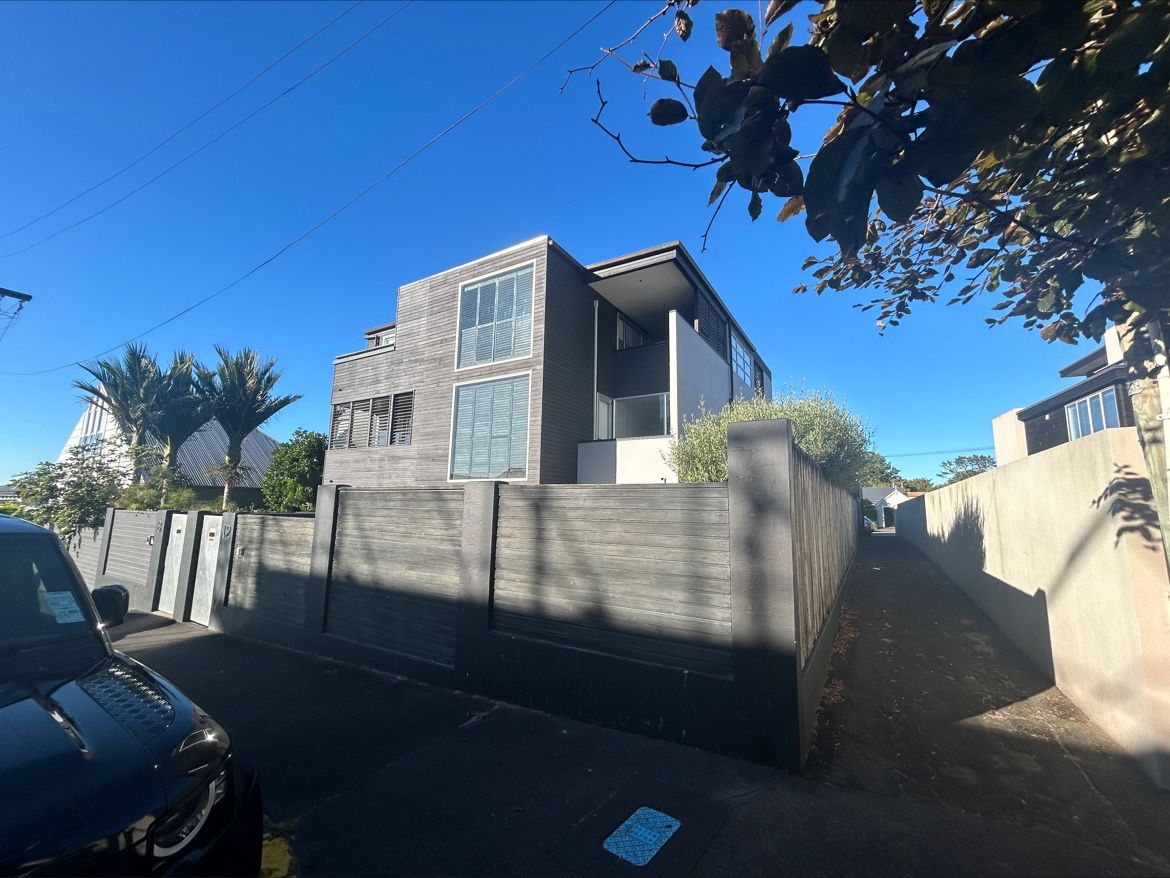Right it’s just about time to enjoy the beautiful Omanu beach. BUT before I do I want to introduce you to a new business. It’s called “Xpect Connect”. Today I will introduce the first of two modules.
Xpect Connect – Project based prequalified procurement for small to medium developers and builders.
Xpect Connect solves procurement hassle and brings prequalified projects and contractors together, with the key value being utilising my experience of effectively doing this for years now in the industry network I have generated.
This is how it works. As the representative/project owner of a new development project you will send Xpect Connect your project details. Xpect Connect then prequalifies you as developer/project manager and also the project itself. If you and your project meets the special criteria I have developed, you will be asked if your “job” is to be posted live.
Upon approval Xpect Connect will post the job in this network, minus your name and confidential details – so you are not contacted directly.
Contractors will be invited to submit their interest, confidentially direct to Xpect Connect. The submissions will be in a standardised format to solicit interested parties that are relevant to the particular project. Xpect Connect will prequalify the contractor using special criteria I have developed in order to see if there is a fit with the project. If there is a fit, after a specified period of time to give others to submit, prequalified contractors will be sent to the project owner.
Xpect Connect charges a one off fee to the project owner of $2,500+GST per successful placement and takes no liability for the contracted work or relationship. The service simply delivers you a shortlist vetted by an industry professional in a structured manner that you can then work with. Subsequent services to continue the procurement can be purchased from Xpect Connect if required, otherwise you are on your own.
If Xpect Connect is of interest I invite you to register direct with me at andrew@xpectproperty.com with “Builder Connect” in the subject line.
Projects being accepted now.
Main contractors invited to register their interest in this service now, so you are not missing from the Xpect Connect network.


